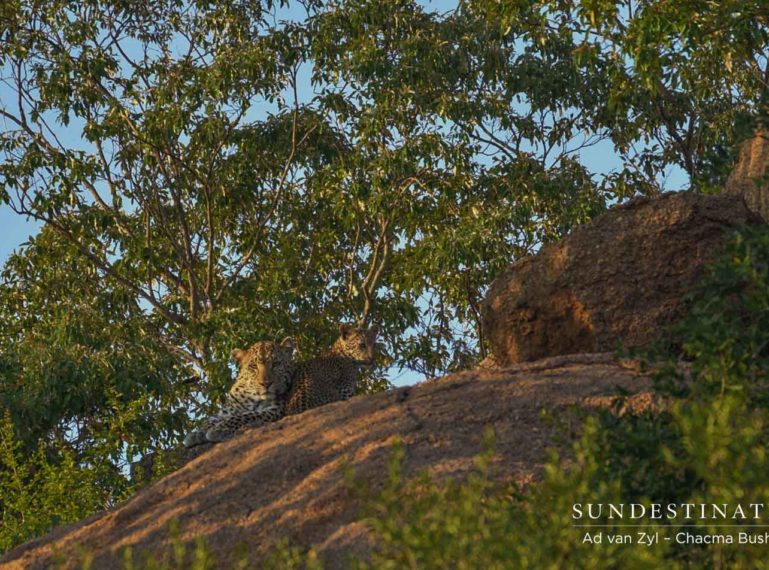
She’s your beacon of strength, best friend, confident, example-setter, counsellor, feeder, and she occasionally likes to lecture you (only occasionally). Who is “she”? She is the woman who plays a pivotal role in your life, be it your mother, your grandmother, a female guardian or caregiver. In South Africa, Sunday the 12th May is Mother’s Day. A day set aside to celebrate the presence of the lionesses of the human world ! This week we’re sharing images of the excellent wildlife mothers out there in the Lowveld and will share a bit of info about our favourite moms of the wild. This blog post is dedicated to all the woman out there who take on a positive parenting role for the younger generation – HAPPY MOTHER’S DAY !
In the wild there are many female species that can be categorised as being excellent mothers. Those that haven’t given birth to their own offspring often play a collective role in the rearing and nurturing of the young. A few of our favourite moms commonly spotted in the wild include :
- Leopards : leopard moms take care of their young for roughly 12 – 18 months. She will teach them how to hunt and ensure their skills are up to scratch. Leopards are solitary creatures and eventually the offspring will leave its mother’s side. When this happens, the mother will tolerate the youngster on the periphery of her territory and occasionally share meals.
- Elephants : The matriarch of the herd is mighty protective and young calves are protected, nurtured and schooled by all females within the herd. The sub-adult females will teach the younger ones how navigate obstacles and learn how to rear the young within a herd. Females stay within the herd forever and their role is to take care of one another. Herds comprise females, sub-adults (male and females) and calves.
- Lionesses : A lioness stashes her litter in a safe and secure den site, far from the prying eyes of predators. She keeps her young away from the pride until they are old enough to bumble out their safe haven and meet their siblings and pride members. Lionesses within the pride often give birth at the same time and engage in communal care. They all care for, protect and feed one another’s young. Lionesses will take care of their young until they are 2 – 3 years old and face plenty of enemies in the wild. Many cubs don’t survive in the wild – they have a high mortality rate.
In 1914 the US declared Mother’s Day as an official holiday, but it began in the US in 1868 when the second Sunday in May was put aside to rejoin families that had been spilt apart during the Civil War. However, the celebration of motherhood can be traced all the way back to the ancient Greeks and Romans who held festivals in honour of mother goddesses. The United Kingdom’s Mother’s Day has a history that dates back to the early Christian festival known as the “Mother Sunday”, which saw Christians in the United Kingdom visiting their “mother church” 4 weeks after Lent. This is why UK celebrates Mother’s Day during March. This day is commonly referred to as Mother’s Day during more modern times, but the original term “Mother’s Day” has its roots entrenched in the US secular holiday. It is now a commercial holiday that is celebrated around the world.
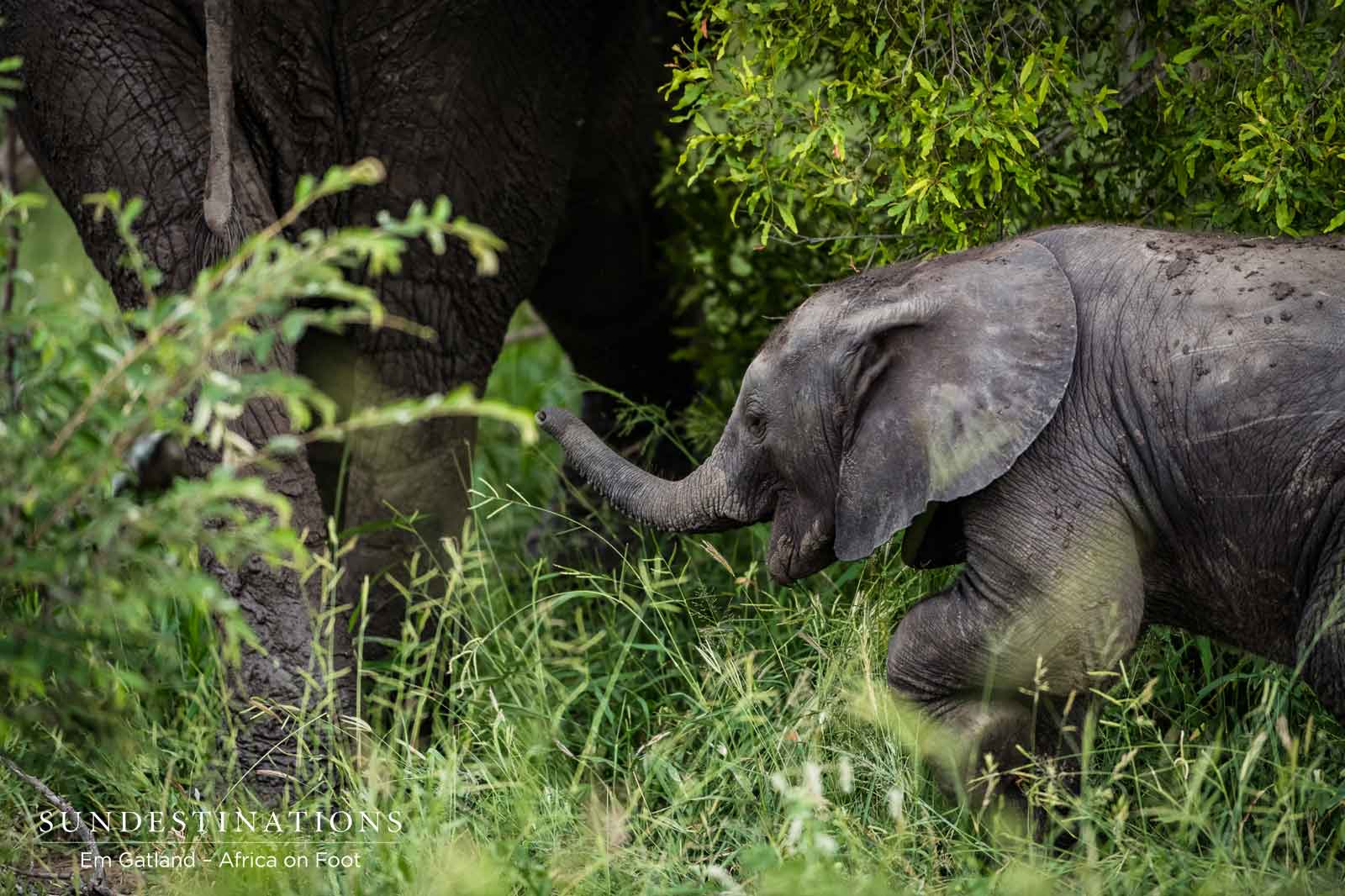
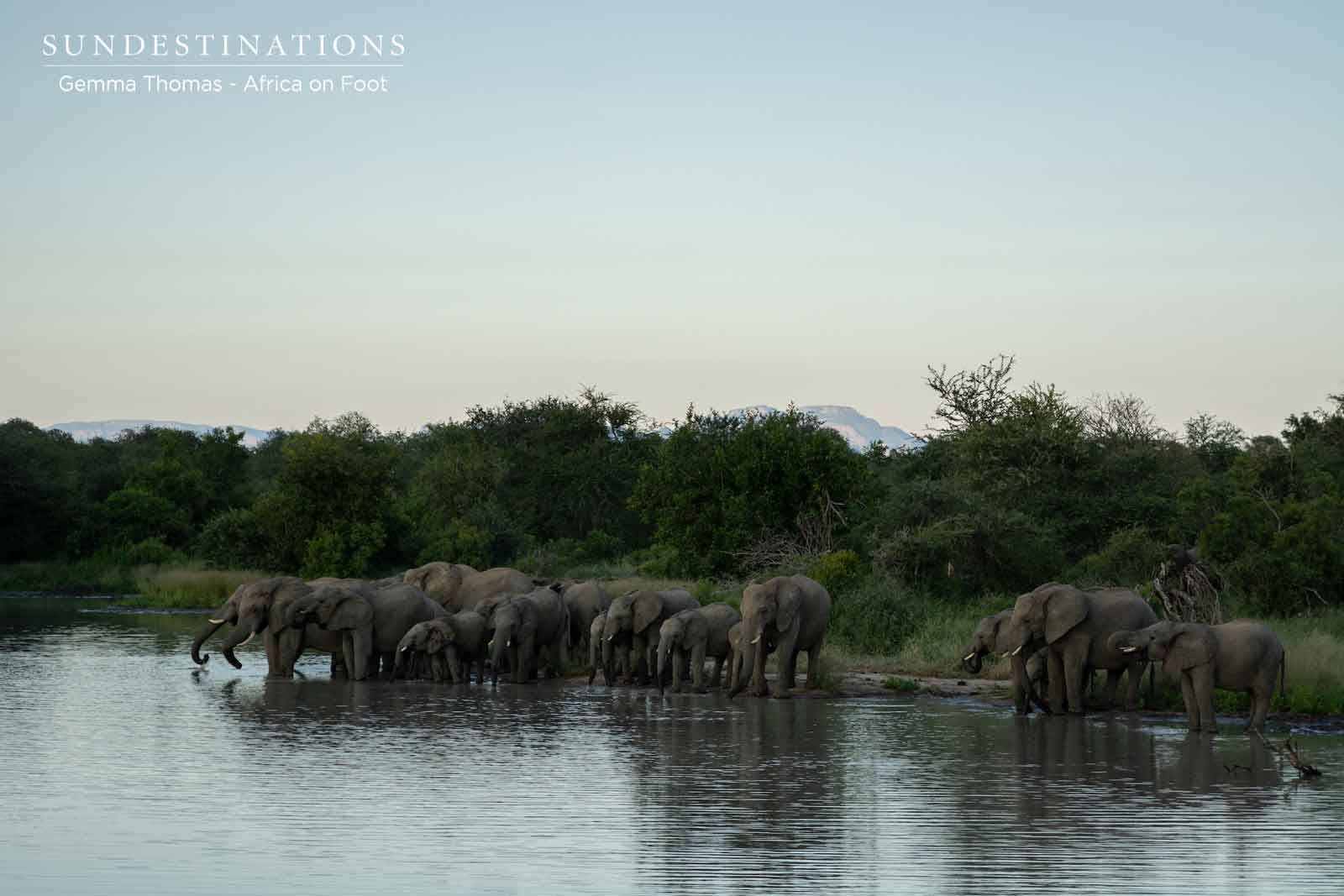
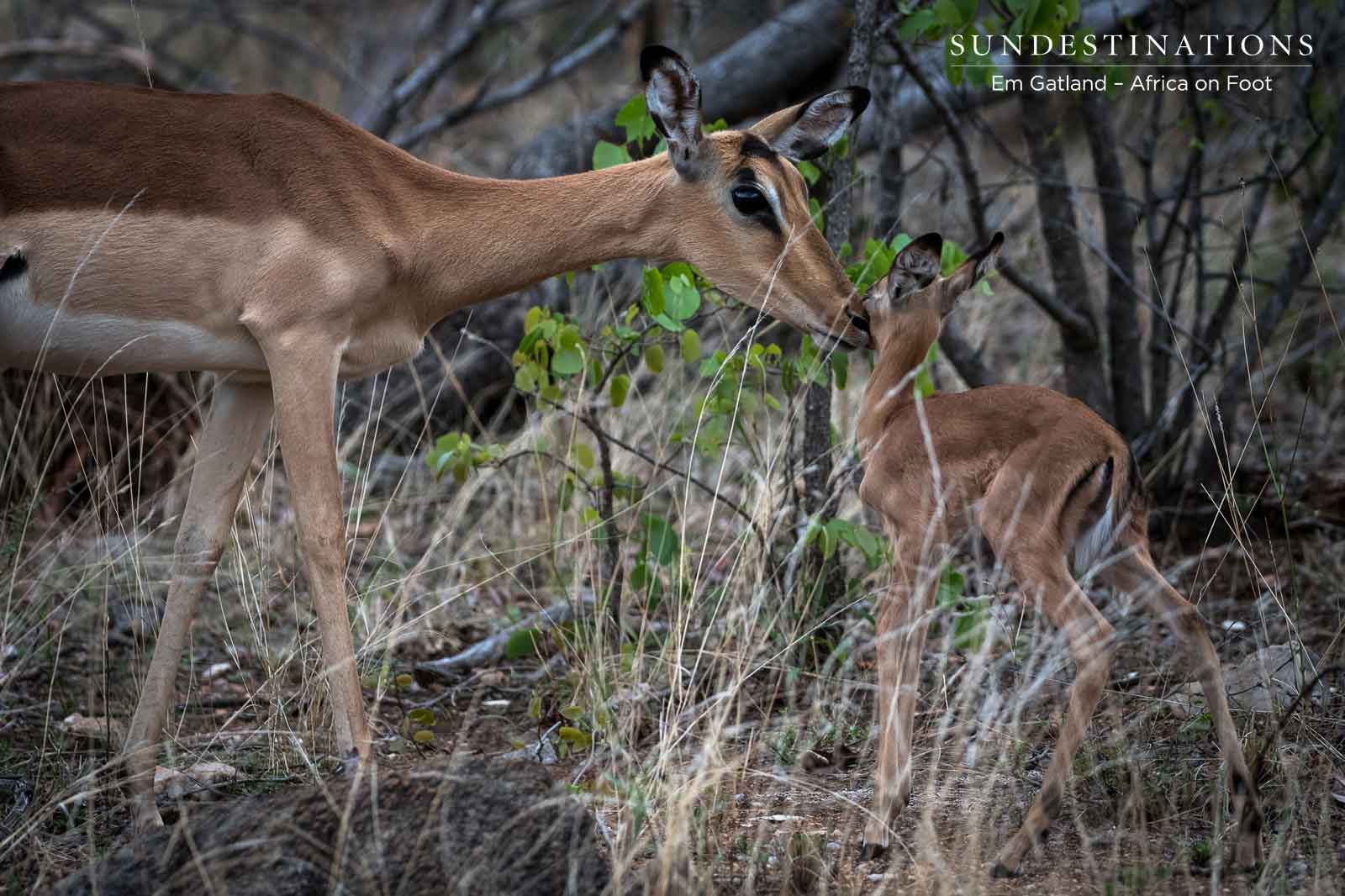
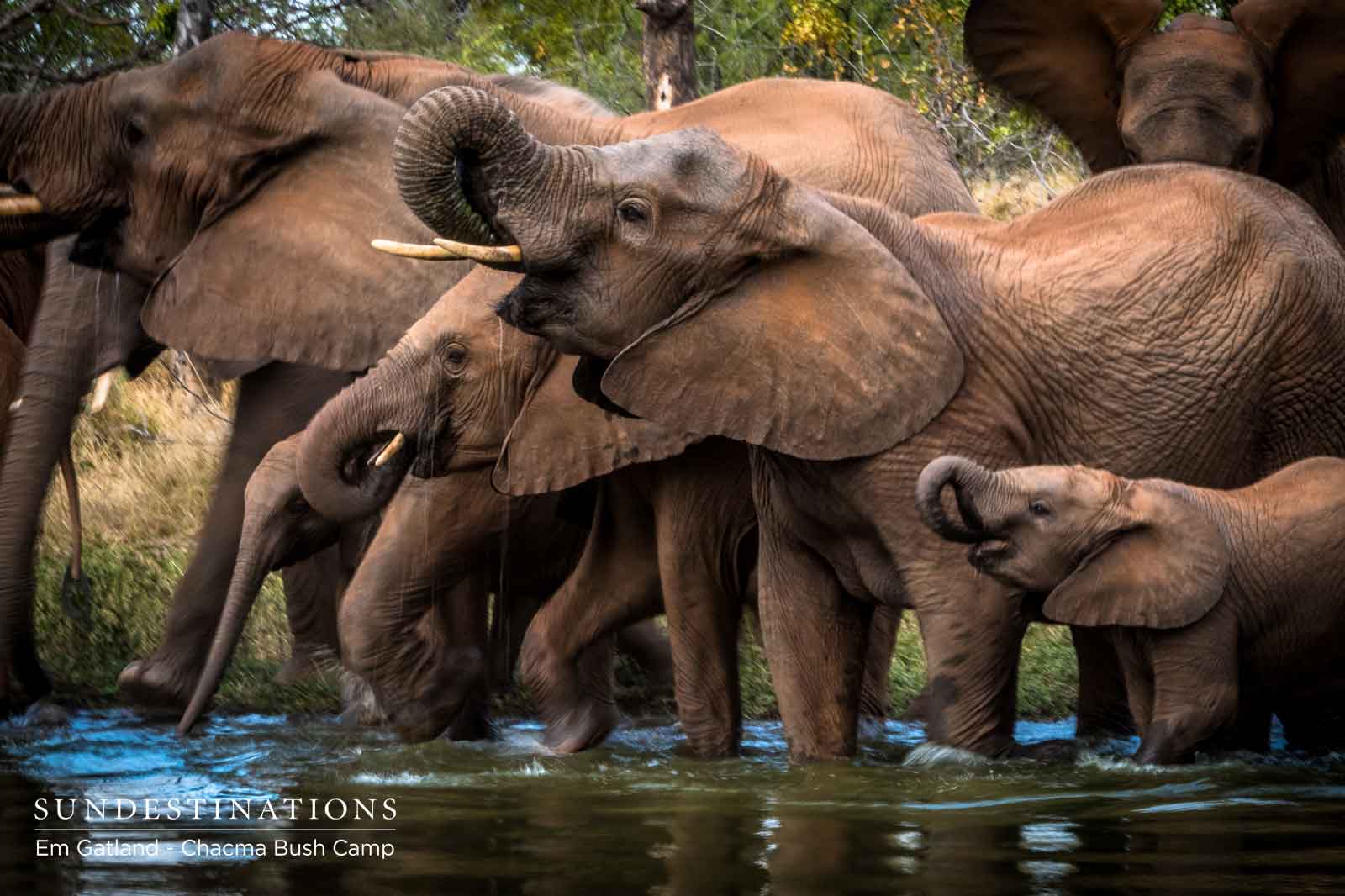
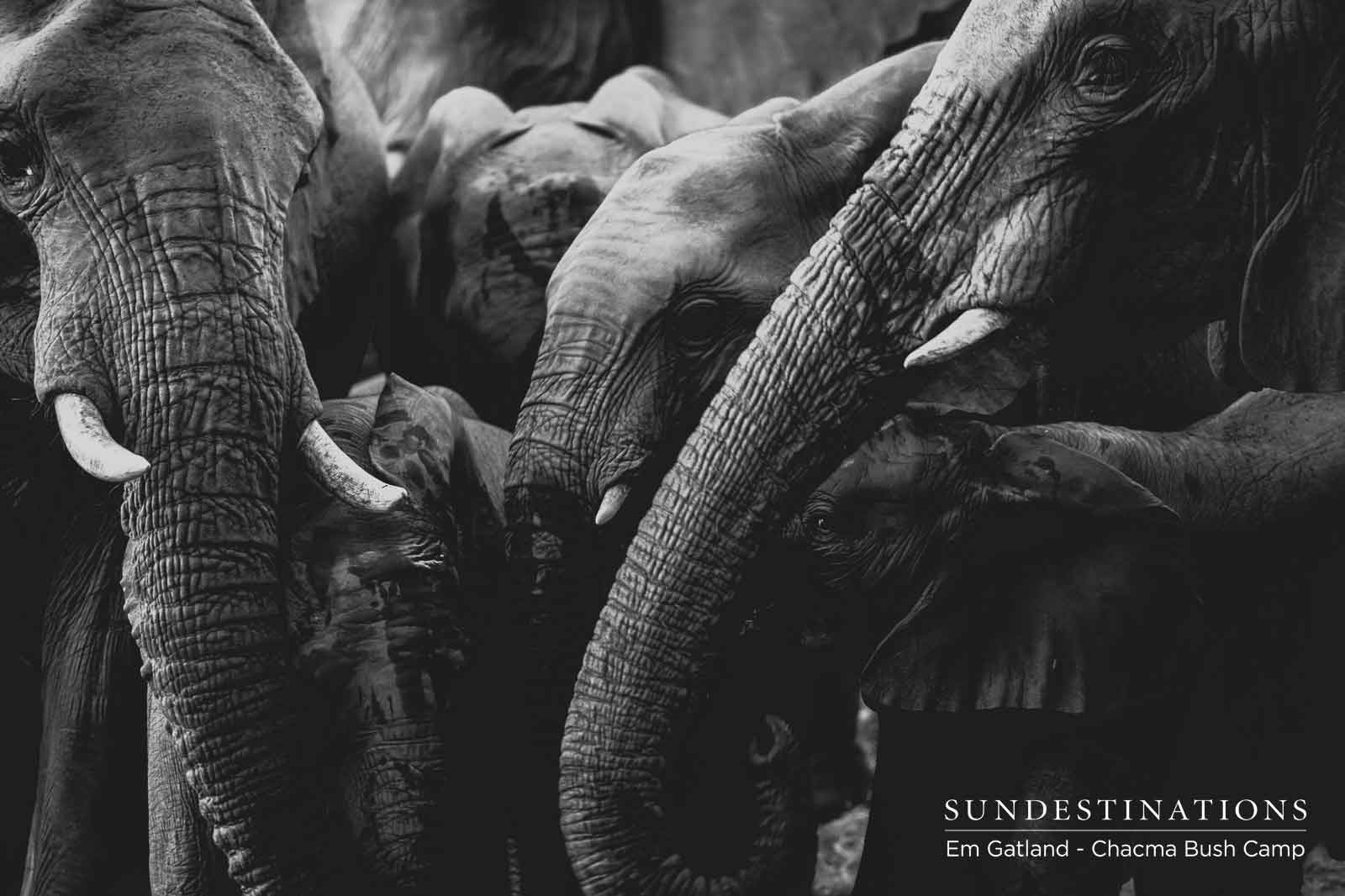
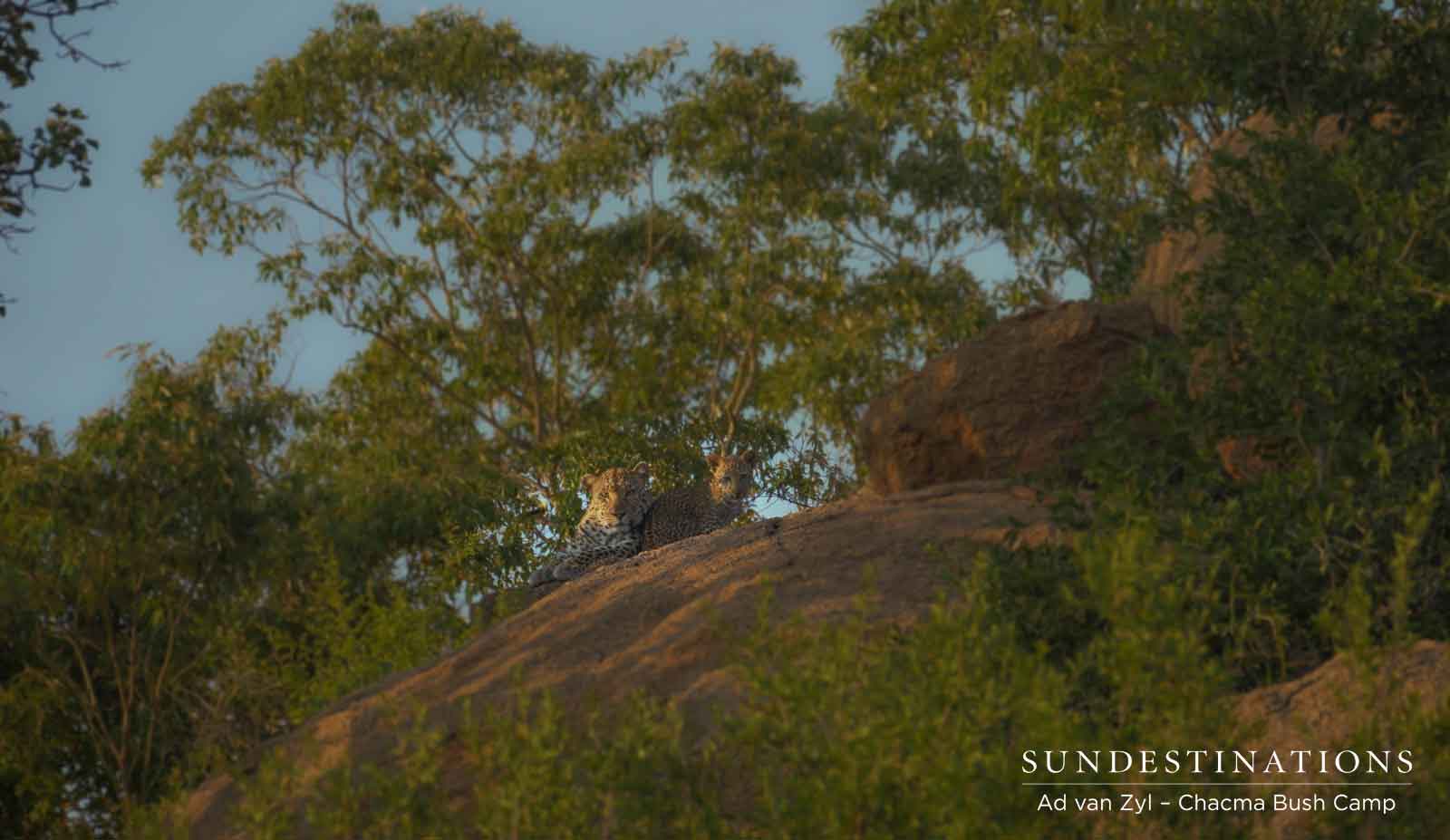
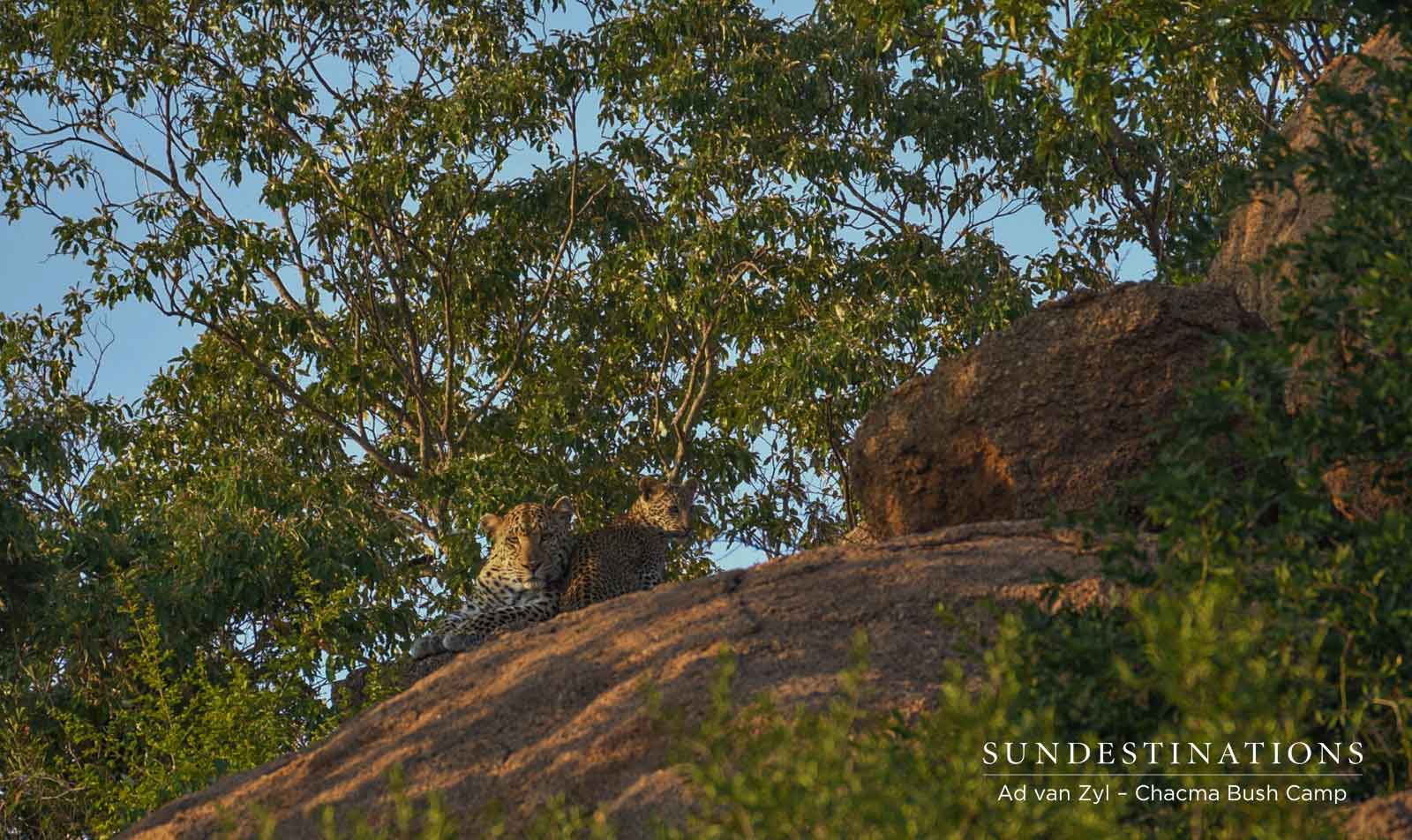
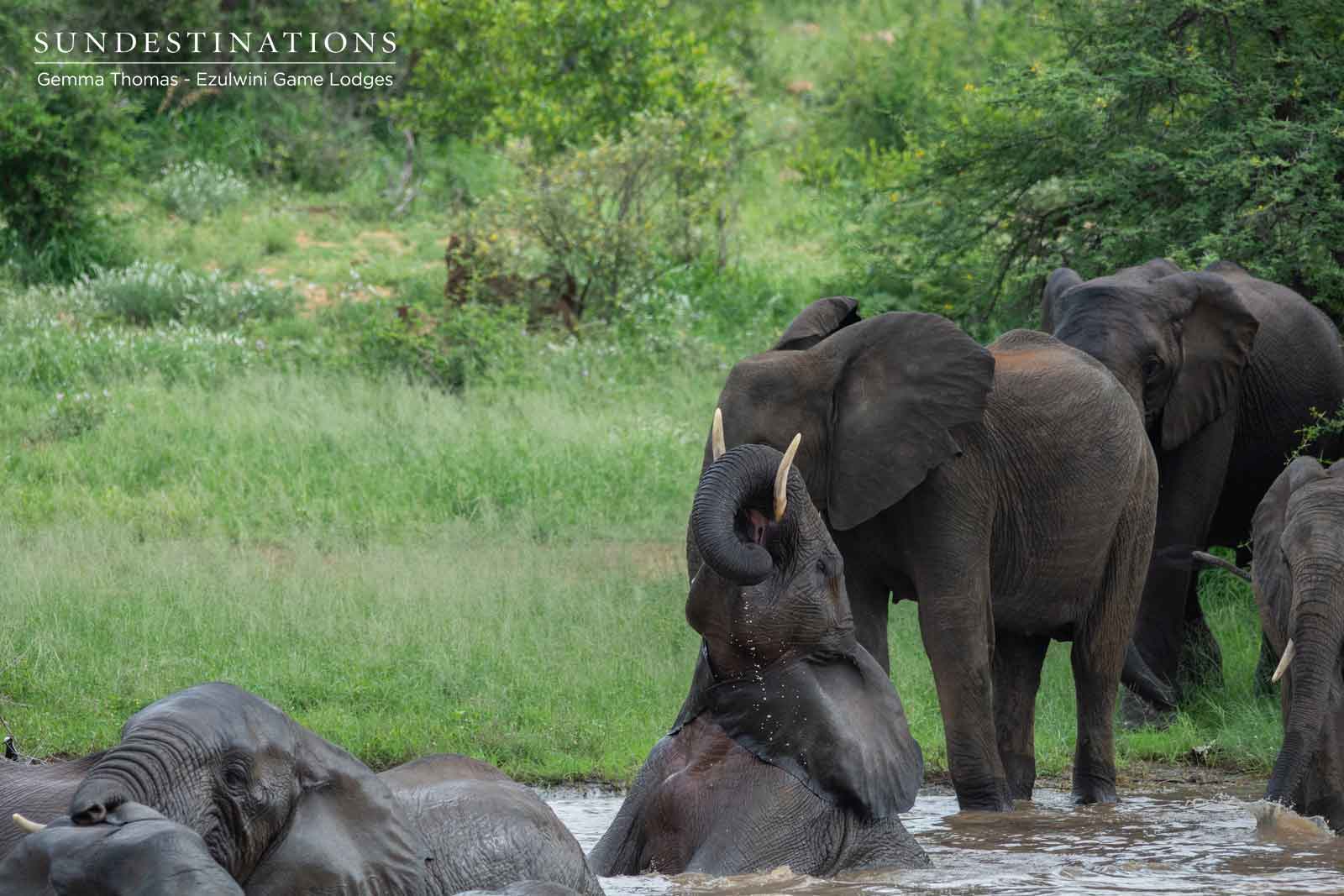
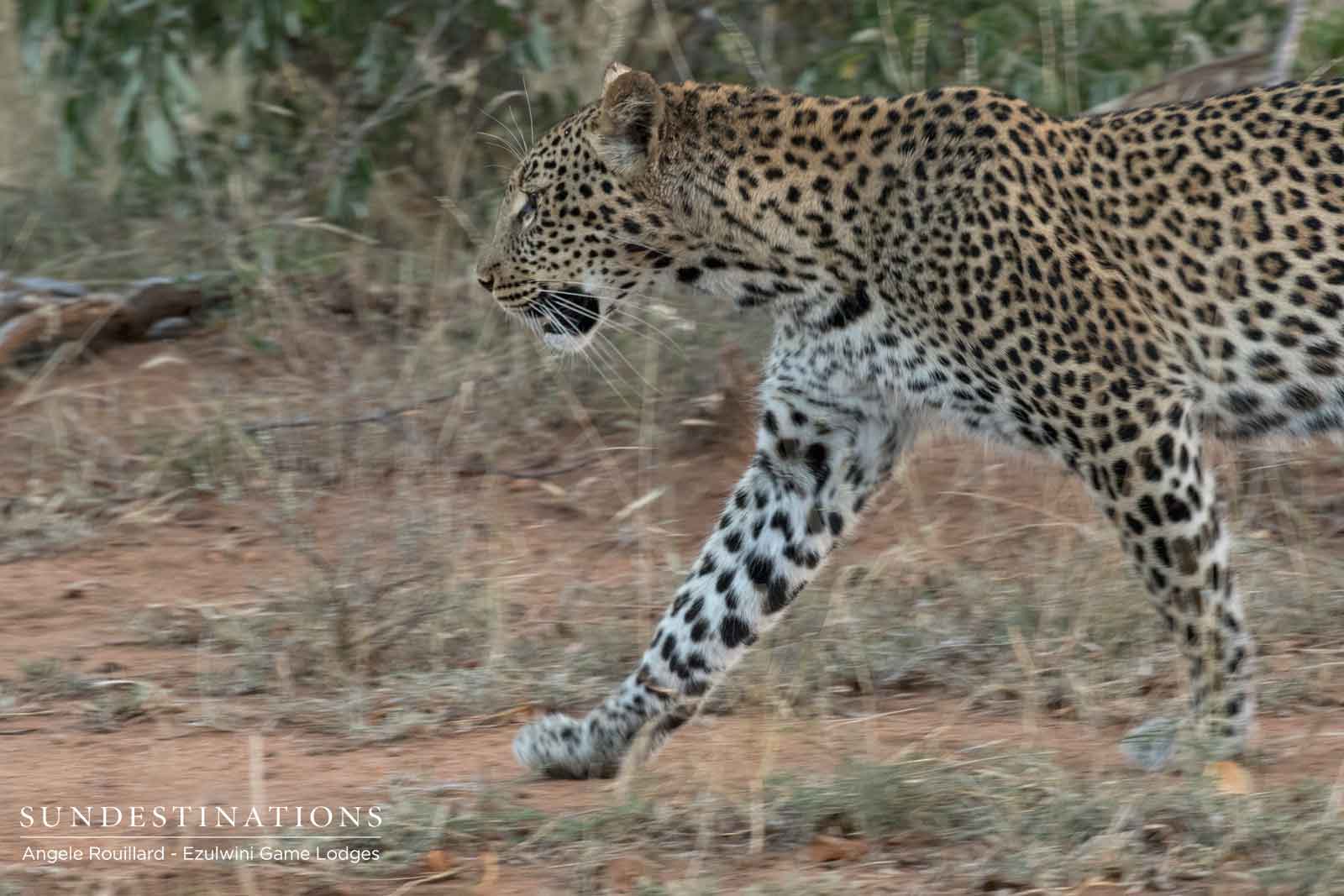
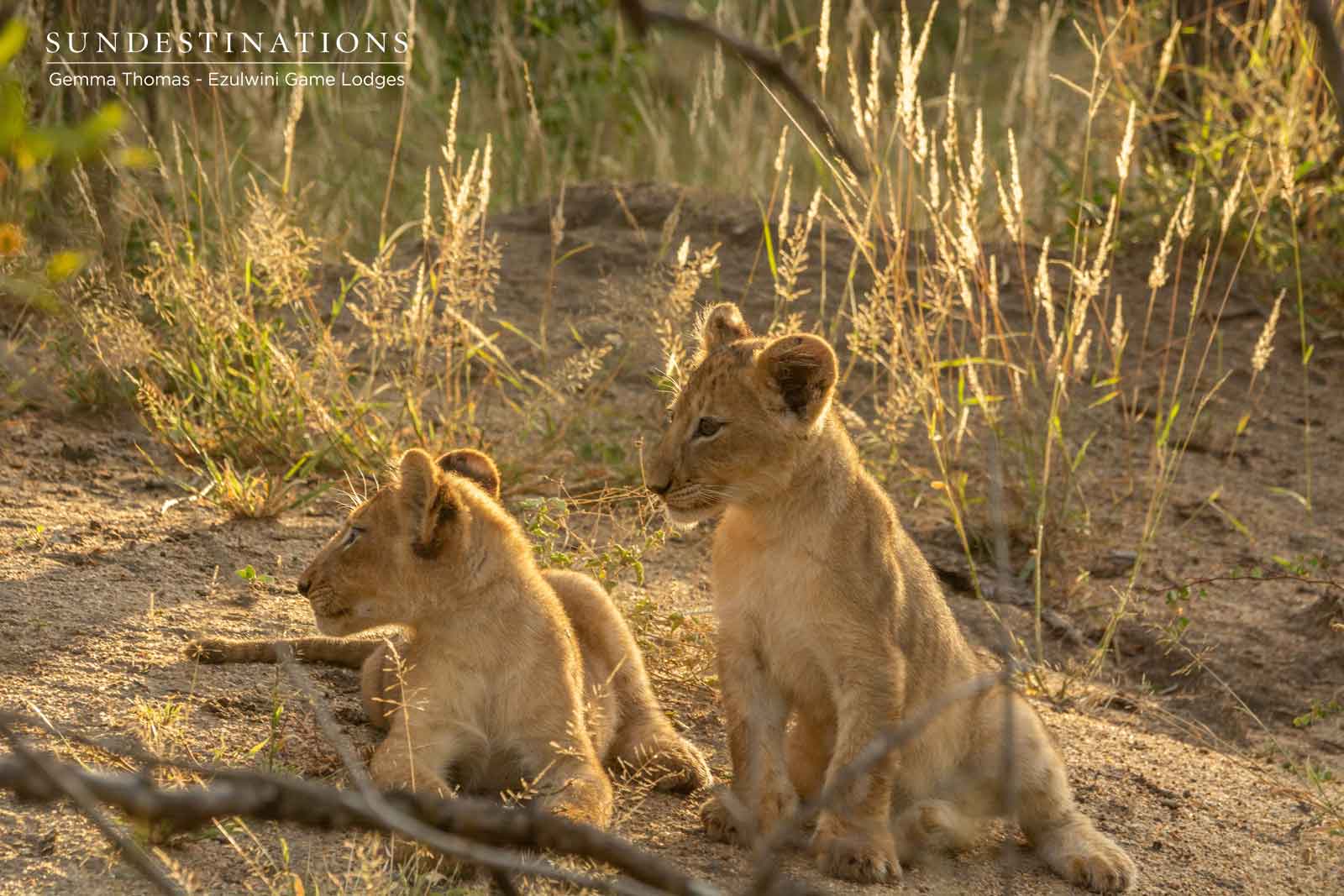
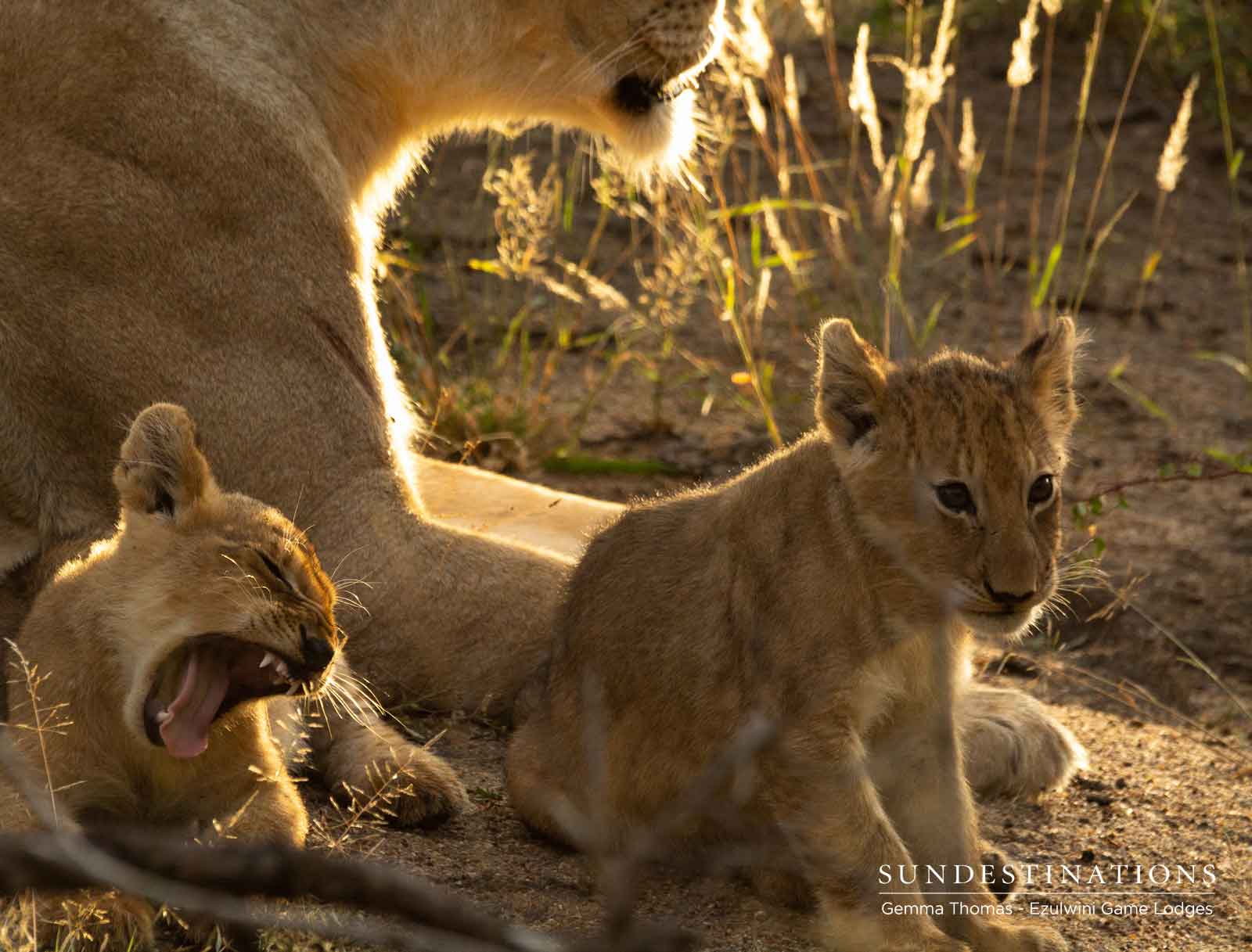
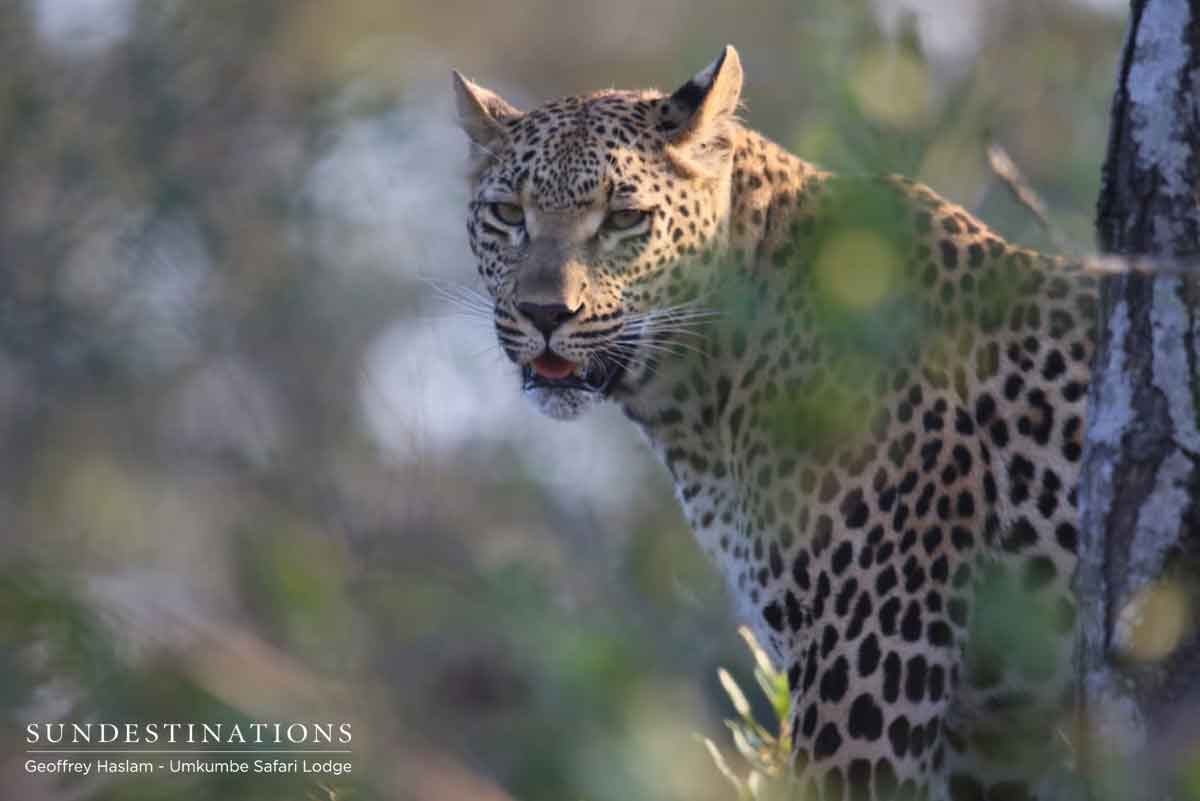
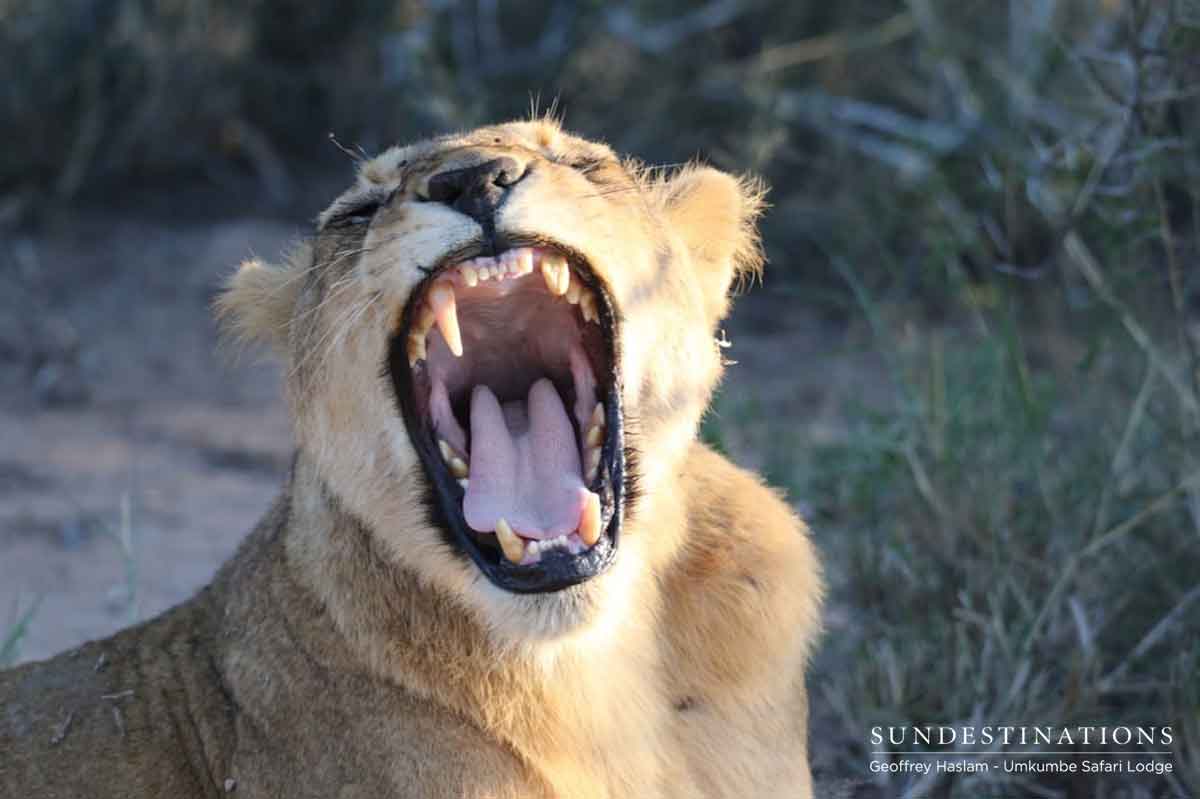
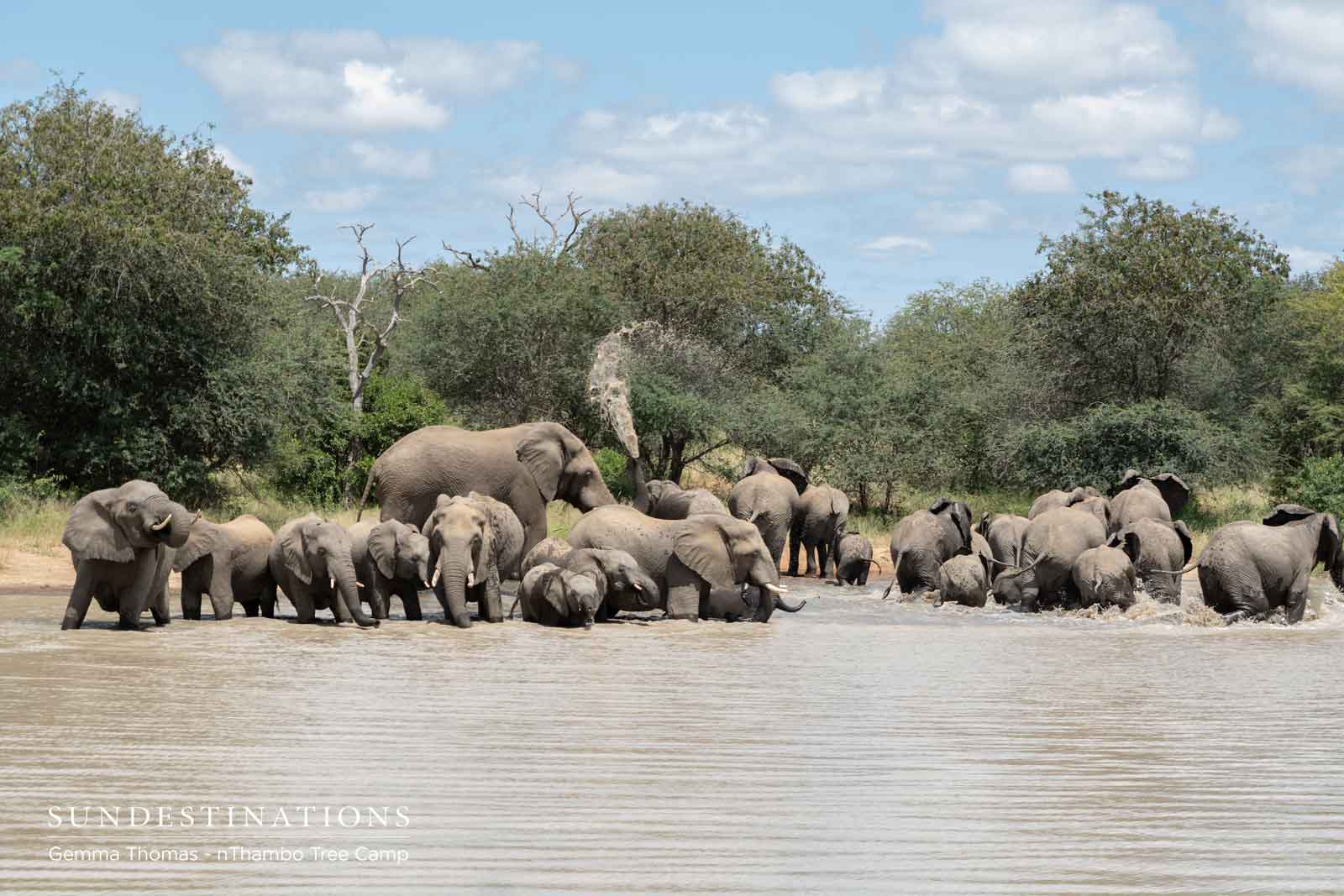
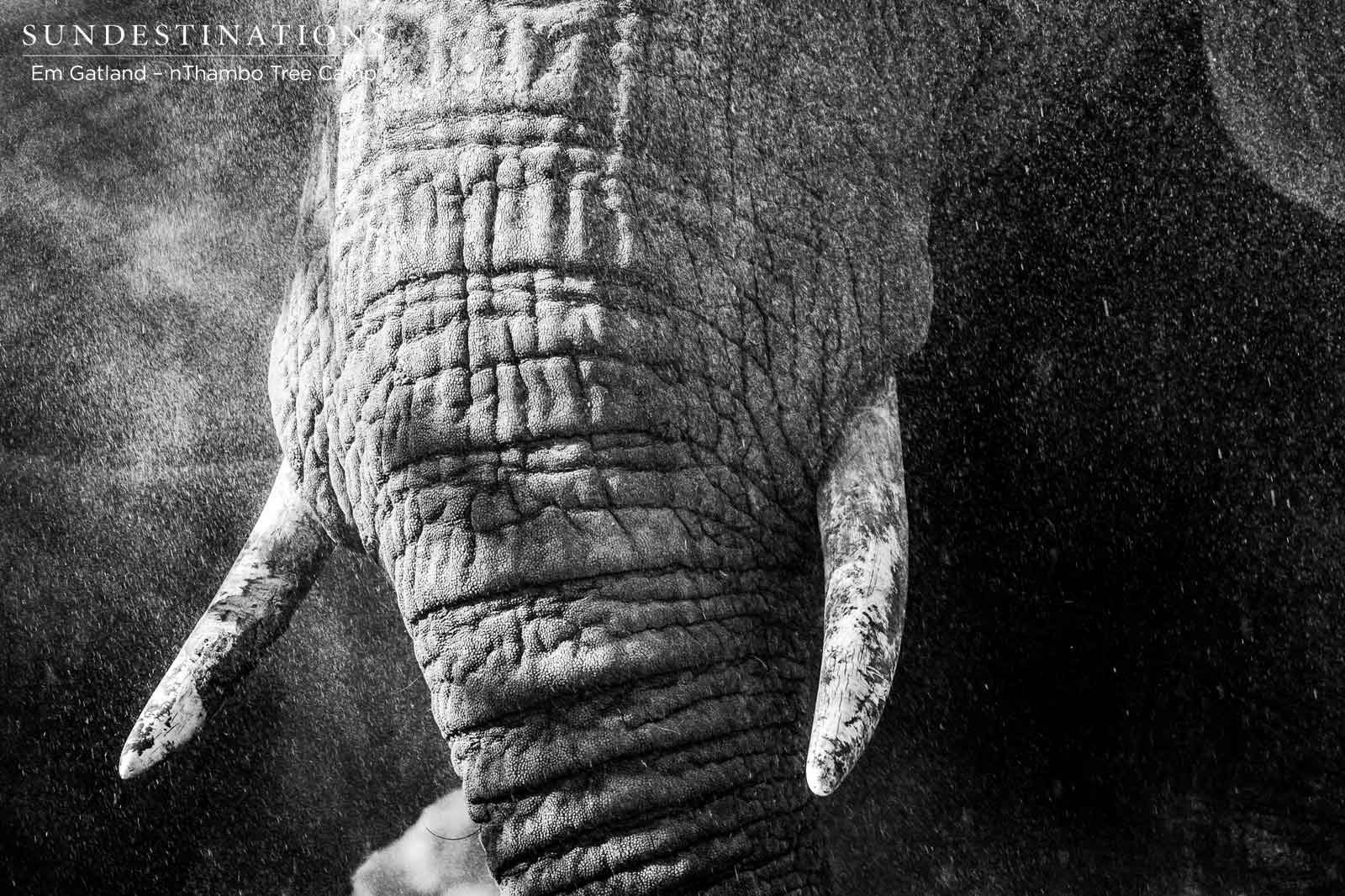
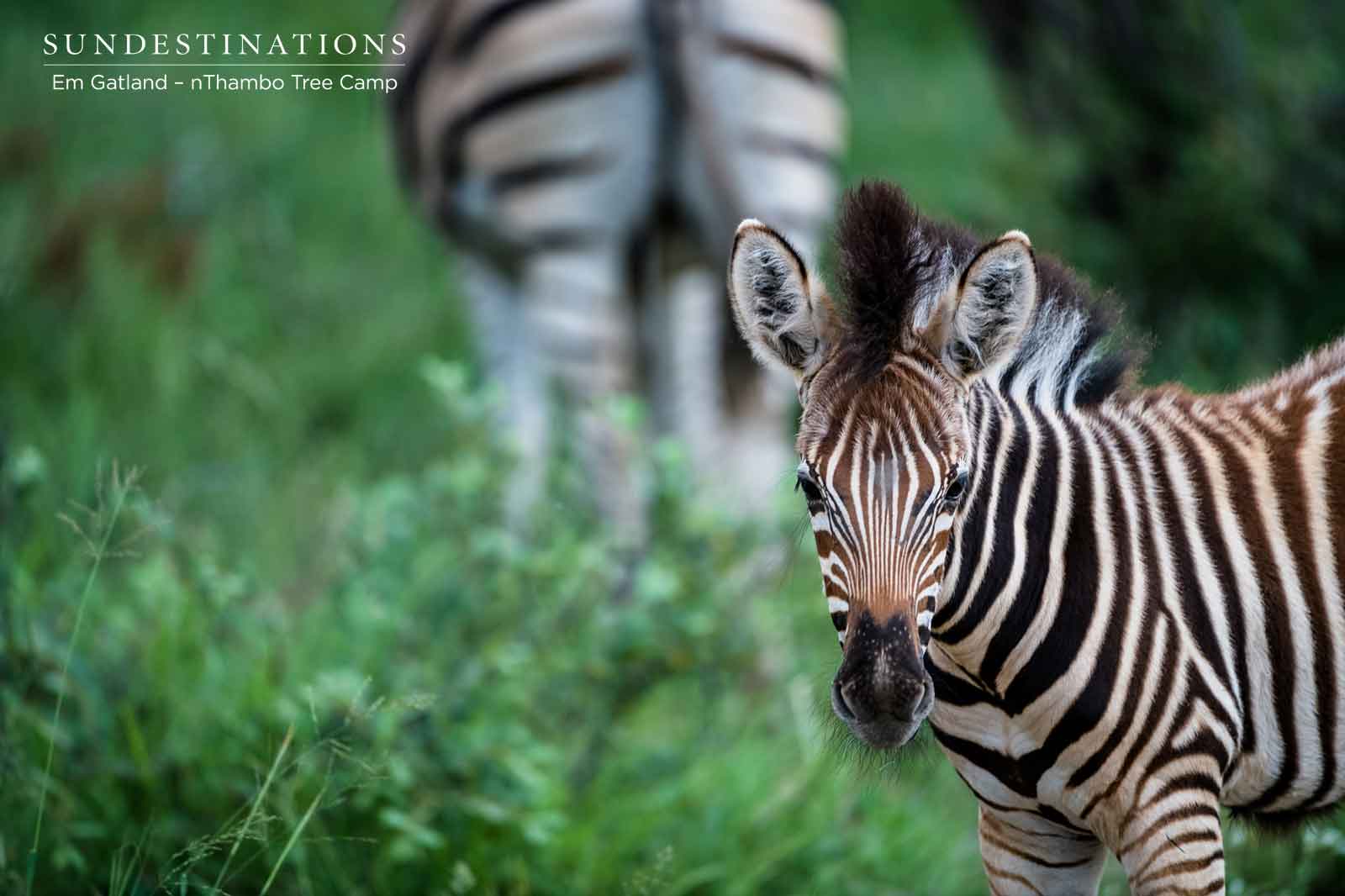
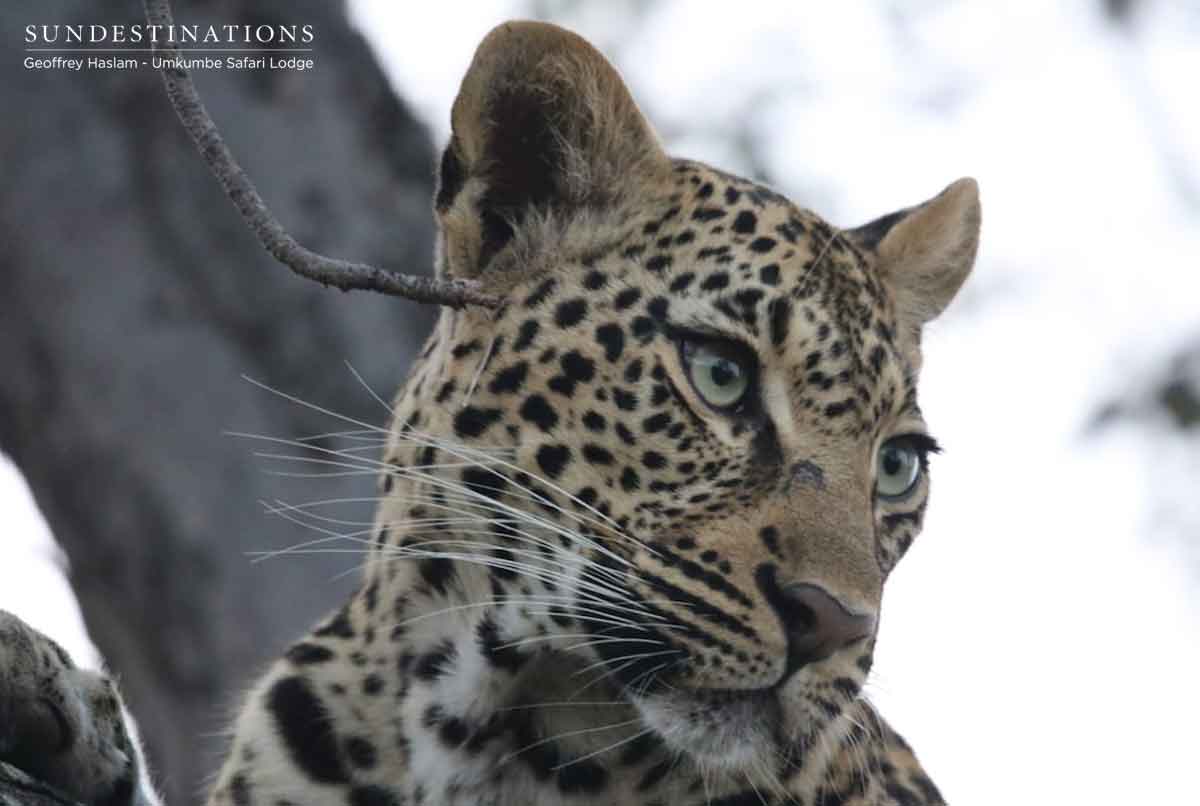
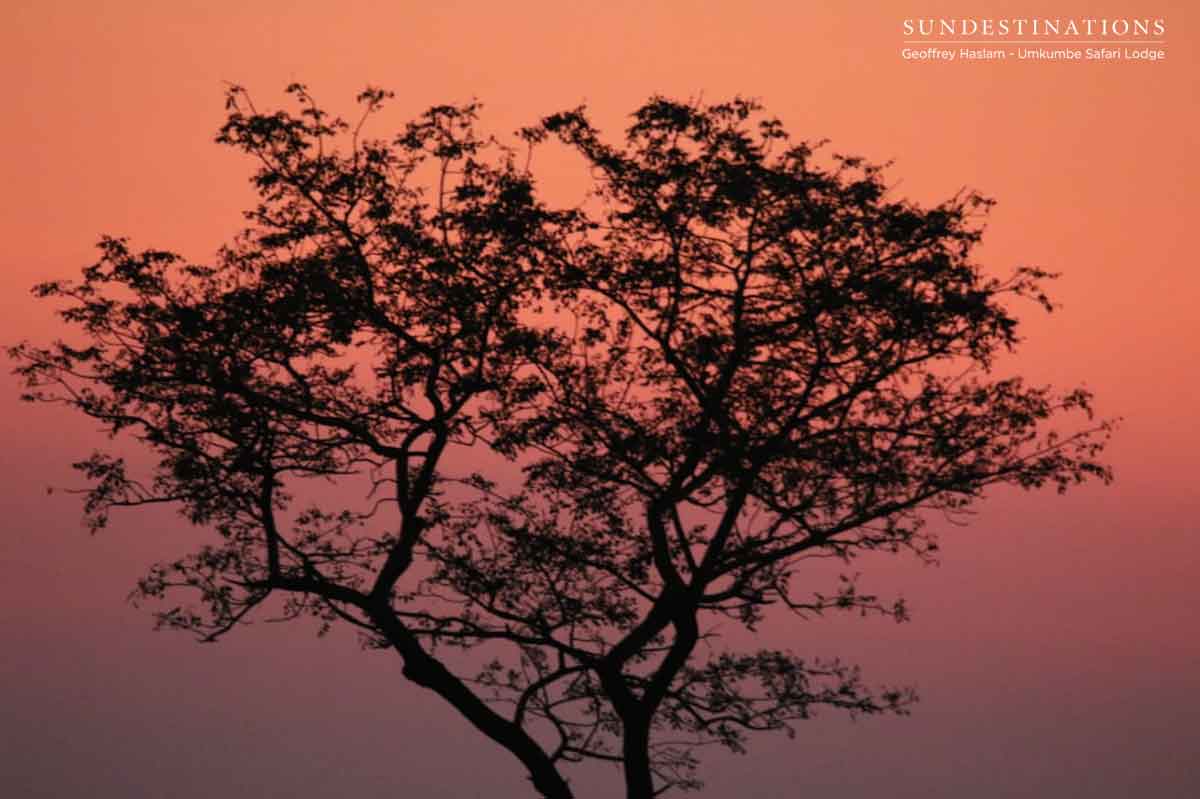
Leave a Comment